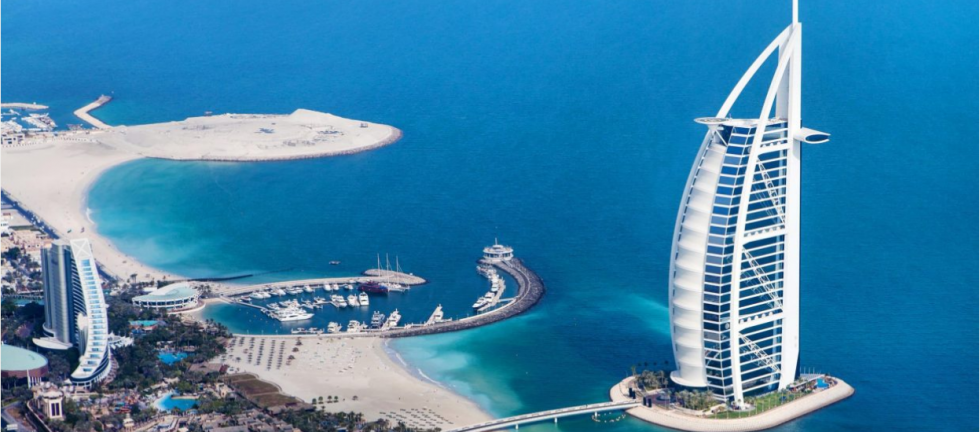What Happened: Compared to the period of zero-Covid-19 restrictions, China’s HNWIs (high-net-worth individuals) and affluent consumers are more confident about their disposable income and investments, and spending on luxury products and experiences like tourism, according to the latest TrendLens report from luxury consulting firm Agility, which analyzed the survey responses of 315 affluent and 216 HNWIs in China in March and April this year.
The number of affluent and HNWI respondents planning overseas leisure trips jumped from 50 percent in 2022 to 75 percent. More HNWIs plan to increase the number of overseas trips they take in 2023 (53 percent) than affluent respondents (30 percent).
The number of affluent and HNWI respondents planning overseas leisure trips jumped from 50 percent in 2022 to 75 percent. Photo: Shutterstock
However, to the surprise of many observers, over 20 percent of China’s millionaires plan to visit the Persian Gulf in the next 12 months, indicating that Europe may lose its crown as wealthy Chinese tourists’ premiere travel destination to the Middle East.
The Jing Take: Domestic travel in China has reached 90 percent of 2019’s level, and overseas tourism is also picking up.
With millionaires most bullish on overseas travel, luxury brands, especially those operating in the Middle East, should prepare to welcome back monied Chinese tourists.
Government policies form part of the Middle East’s pulling power. For example, Dubai extended its visa-free policy to Chinese visitors in March this year, and its tourism authority has been promoting the destination in China. In 2019, the number of China tourists visiting the United Arab Emirates’ most populous city hit nearly one million.
Aerial view of Souk Al Bahar, Dubai. Image: Unsplash
The Middle East’s rise as a key destination for Chinese travelers means that maisons may need to expand the number of their Mandarin-speaking sales associates in the region’s boutiques to smooth the shopping experience for these wealthy shoppers.
While over 52 percent of affluent Chinese consumers expect to decrease their overseas premium skincare spending compared to the pre-pandemic period, 61 percent of millionaire respondents expect to match or exceed their pre-Covid-19 level of this type of spending.
HNWI respondents express a preference for buying beauty, alcohol, watch, and jewelry products abroad due to these categories’ significant price gaps between the Mainland and overseas markets.
HNWI respondents express a preference for buying beauty, alcohol, watch, and jewelry products abroad due to these categories’ significant price gaps between the Mainland and overseas markets. Photo: Courtesy of Jaeger-LeCoultre
But, when it comes to leather goods, that price differential is shrinking. Louis Vuitton’s Neverfull handbag in large sells for $2,200 (15,200 RMB) in China, while in Hong Kong, it’s priced at $2,100 (14,500 RMB), a difference of just $100 (700 RMB). Hence, purchases of these types of goods are likely to expand in the mainland.
As the report indicates that overseas luxury shopping expansion is likely to be driven by higher spending consumers, brands should adjust their in-store offerings accordingly, prioritizing rare-to-find pieces and high-ticket items.
The Jing Take reports on a piece of the leading news and presents our editorial team’s analysis of the key implications for the luxury industry. In the recurring column, we analyze everything from product drops and mergers to heated debate sprouting on Chinese social media.





